
Grisaille is a unique monochromatic art with stunning possibilities
Grisaille is a form of art in which an artist creates a work (painting, mural, or drawing) using various shades of gray or another neutral color. Grisaille is ideal for simulating sculptural relief on a flat surface through various painting and drawing techniques.
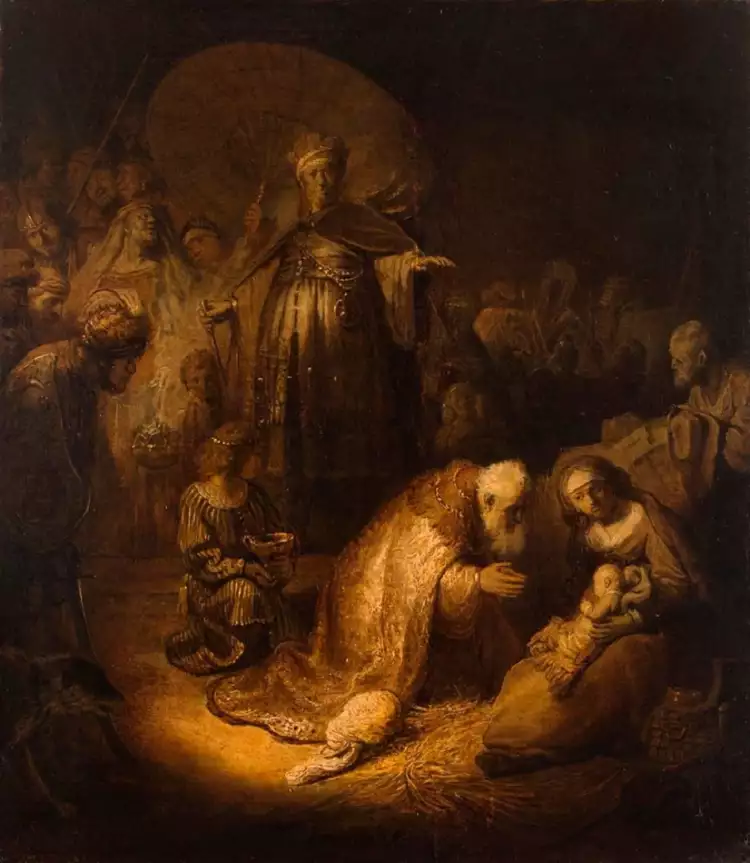 Grisaille. Rembrandt. Adoration of the Magi, 1632
Grisaille. Rembrandt. Adoration of the Magi, 1632
Traditionally, painters use grisaille as an underpainting (for applying a preliminary drawing to canvas or paper) for further work on the painting in the glazing technique. Additionally, this type of art is in demand in art schools, where aspiring artists learn to discern and practice the subtlest color shades.
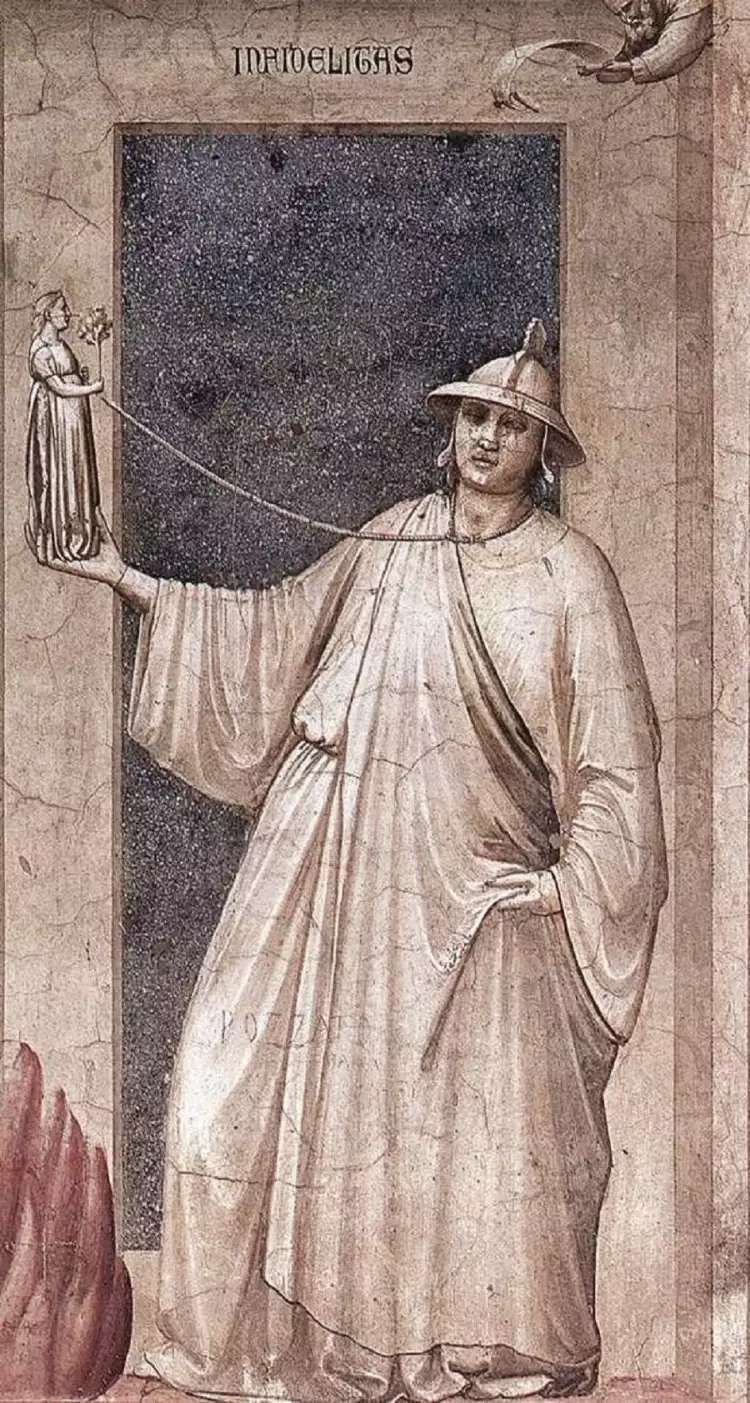 Grisaille. Rembrandt. Fresco Infidelity in the Chapel of Skrovegni, early 14th century
Grisaille. Rembrandt. Fresco Infidelity in the Chapel of Skrovegni, early 14th century
Features of Grisaille
Grisaille cannot be classified as a technique or a subtype of painting or drawing. It is a distinct form of visual art. Visually, a painting created by an artist more closely resembles a charcoal, sanguine, or pastel drawing, although the artist typically uses oil or watercolor paints applied with a brush.
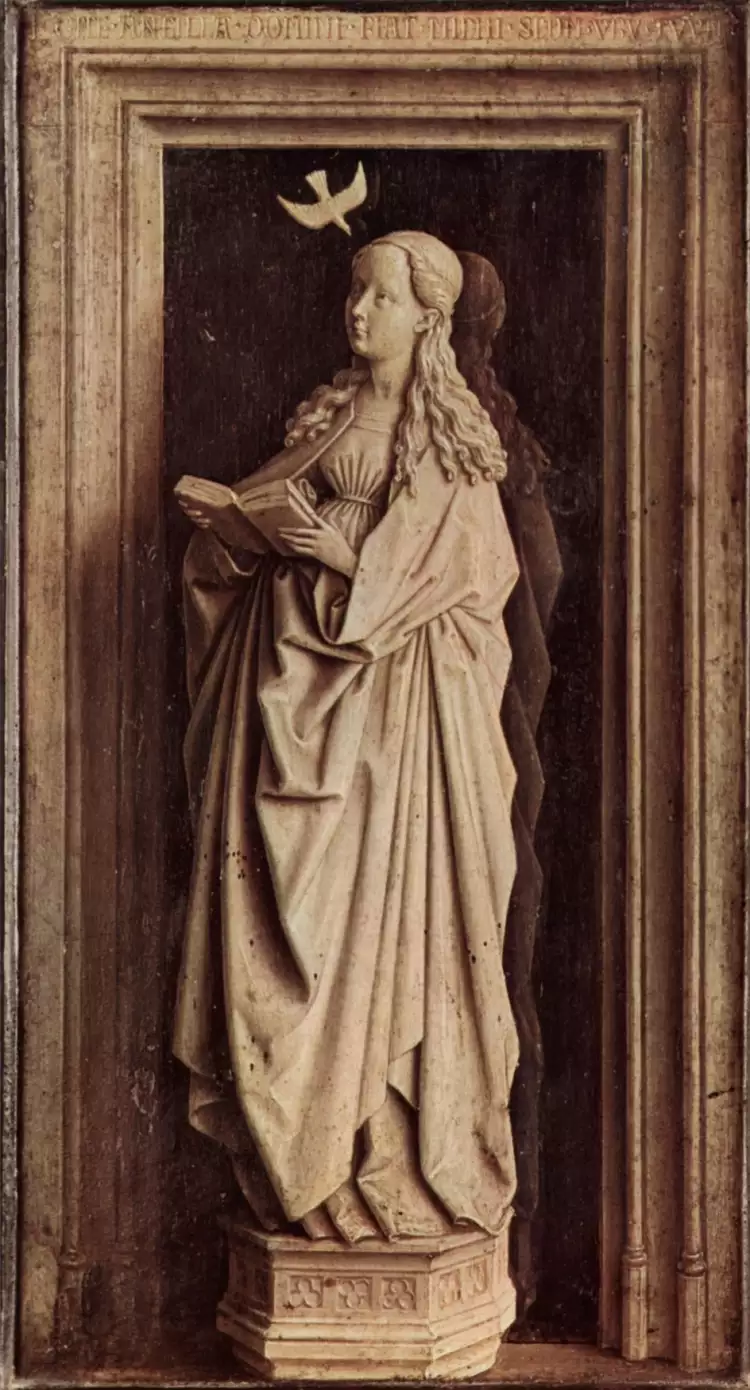 Grisaille. Jan van Eyck. Annunciation (on the outer sash of the altar), 1439
Grisaille. Jan van Eyck. Annunciation (on the outer sash of the altar), 1439
Initially, grisaille referred specifically to paintings executed in gray tones. There used to be a term "brunaille" for similar works created in brown tones and "verdaille" for those in green tones. However, today, such distinctions are no longer prevalent, and the term "grisaille" has become widely accepted for all monochromatic colors, commonly used in the art community.
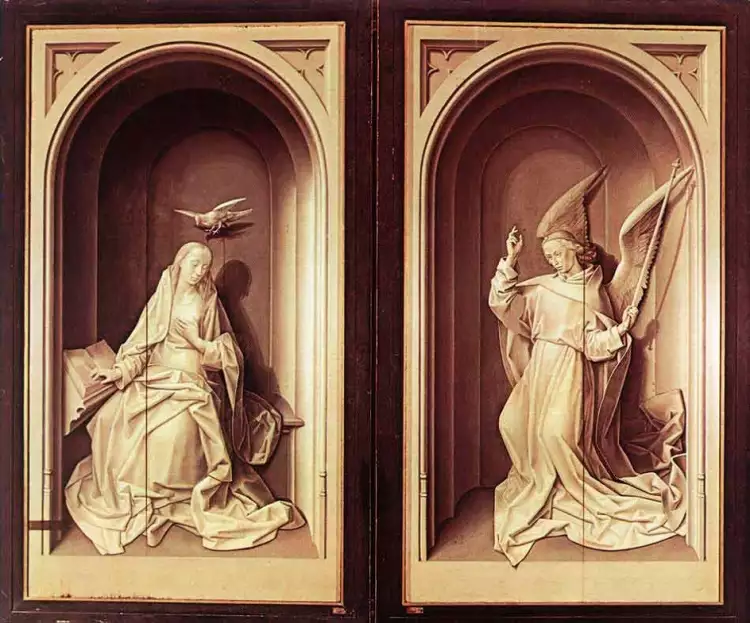 Grisaille. Hugo van der Goes. Outer casements of the Portinari altar, 1470s
Grisaille. Hugo van der Goes. Outer casements of the Portinari altar, 1470s
History of Grisaille
The history of grisaille, by the most modest estimates, spans over 700 years. Although people learned to create monochromatic images as far back as ancient times, until the beginning of the Renaissance, this art form was virtually unknown.
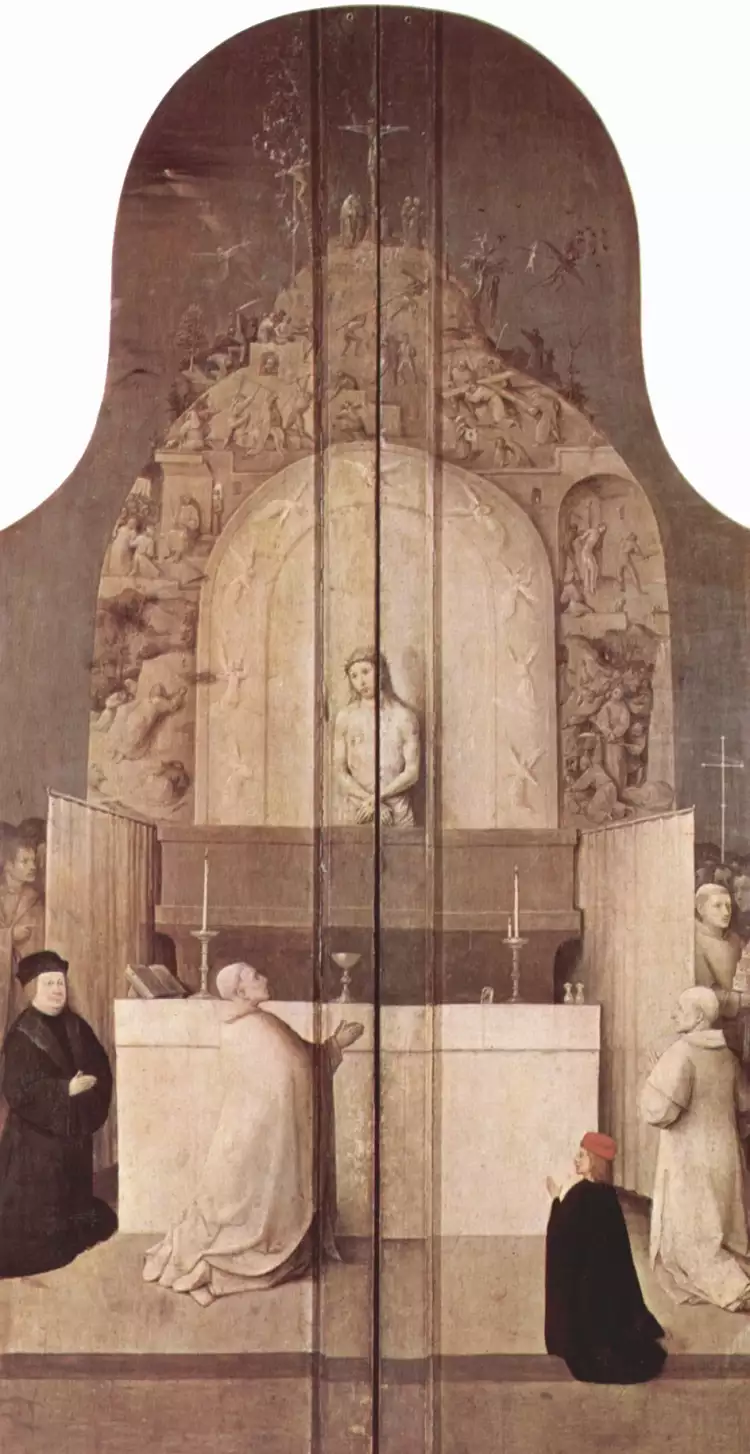 Grisaille. Hieronymus Bosch. Adoration of the Magi (outer sashes of the triptych), ca. 1510
Grisaille. Hieronymus Bosch. Adoration of the Magi (outer sashes of the triptych), ca. 1510
The earliest surviving examples of grisaille date back to the early 14th century. They can be found in the lower portions of Giotto di Bondone's frescoes in the Scrovegni Chapel in Padua. A little later, architects and sculptors of the Early Renaissance began using monochromatic paintings to present preliminary projects to their patrons.
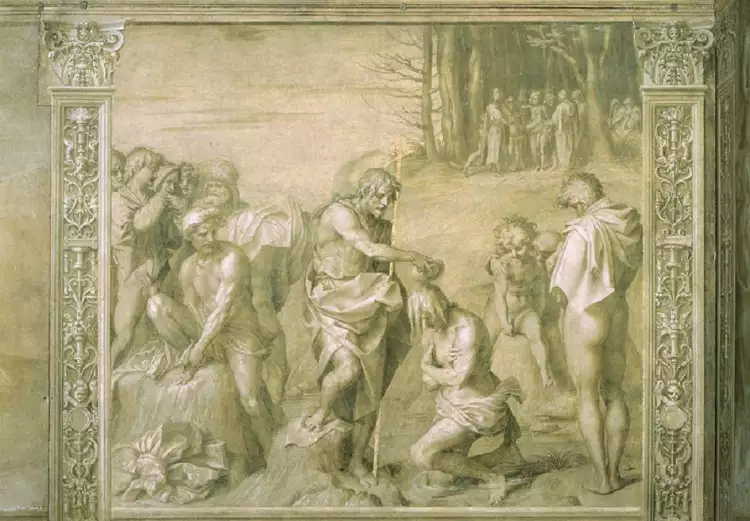 Grisaille. Andrea del Sarto. Fresco Baptism, 1511-1526
Grisaille. Andrea del Sarto. Fresco Baptism, 1511-1526
A century later, grisaille found a new and quite worthy application. Artists started adorning the outer panels of painted altarpieces (triptychs and polyptychs) with monochromatic images. In that distant era, strict rules existed in Catholic churches. Altars were only opened during festive religious services, and on other days, their panels remained tightly closed.
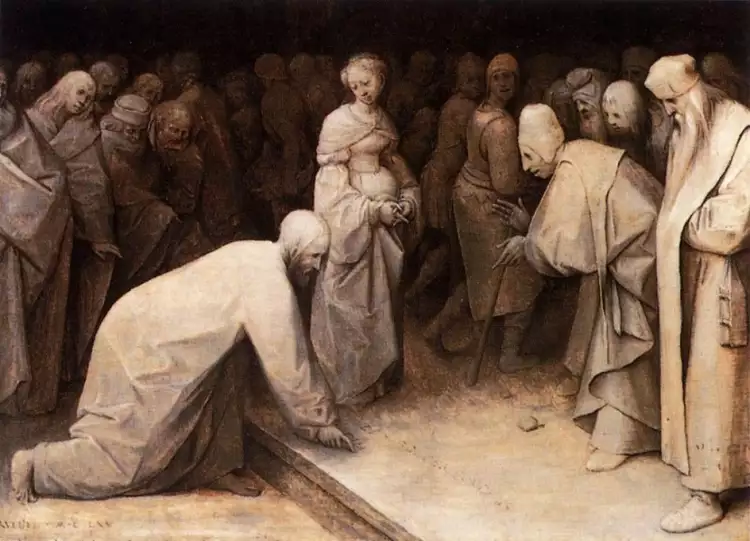 Grisaille. Pieter Bruegel the Elder. Christ and the Woman Taken in Adultery, 1565
Grisaille. Pieter Bruegel the Elder. Christ and the Woman Taken in Adultery, 1565
Paintings executed on the exterior walls skillfully imitated sculptural representations and harmoniously blended into the interior of cathedrals or churches. Creating grisaille was also financially advantageous, as it was much more cost-effective than producing a colorful, multicolored painting.
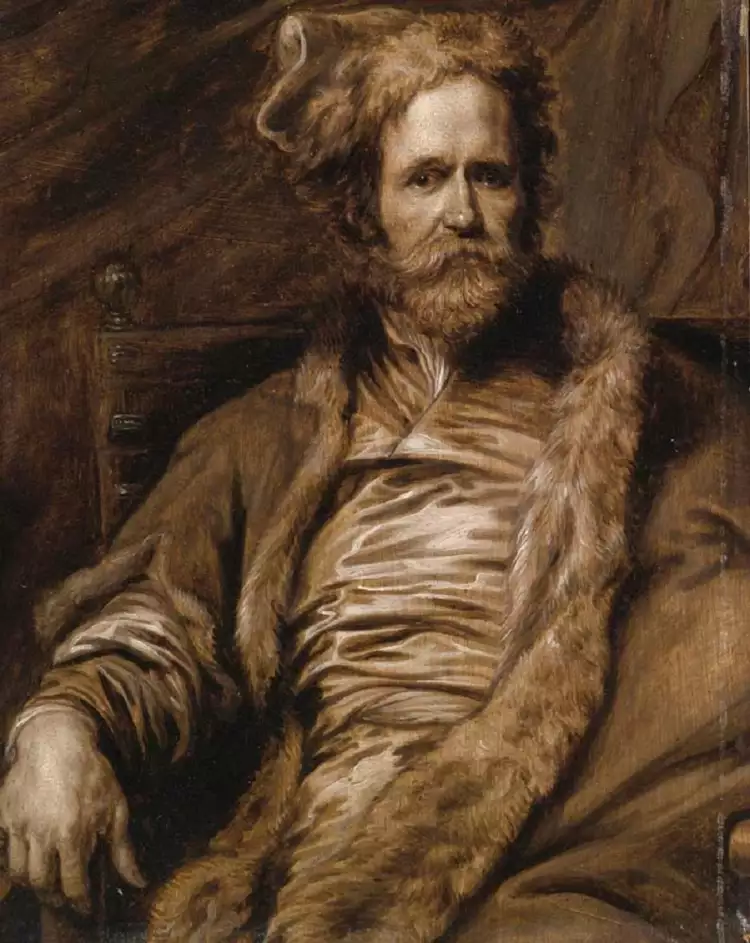 Grisaille. Anthony van Dyck. Portrait of Martin Riccart, 1630s
Grisaille. Anthony van Dyck. Portrait of Martin Riccart, 1630s
Many prominent masters of visual arts were involved in creating grisailles for altarpieces during those times, including:
- Robert Campin.
- Jan van Eyck.
- Hieronymus Bosch.
- Albrecht Dürer.
- Matthias Grünewald.
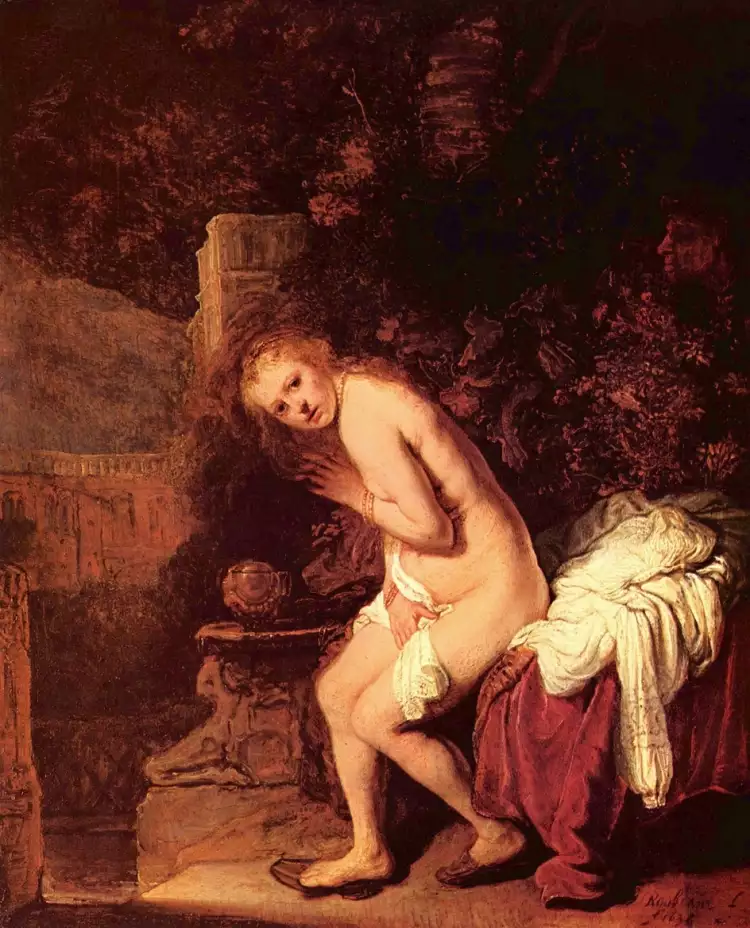 Grisaille. Rembrandt. Suzanna, 1636
Grisaille. Rembrandt. Suzanna, 1636
By the mid-16th century, artists began incorporating grisaille into easel painting. Masterpieces such as Pieter Bruegel the Elder's "Christ and the Woman Taken in Adultery" (1565) and Rembrandt Harmensz van Rijn's "Adoration of the Magi" have survived to the present day, showcasing the use of monochromatic paintings.
From the 17th century, grisaille wall painting found widespread application in architecture. The skillful imitation of sculptural compositions still adorns the interiors of many majestic buildings constructed in the Baroque, Neoclassical, and Empire styles.
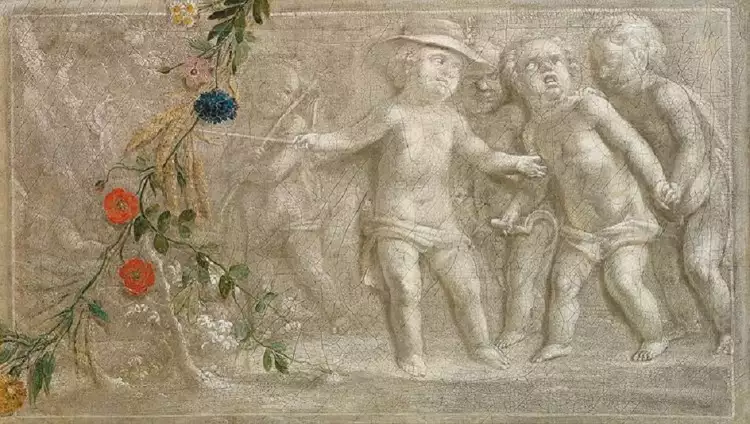 Grisaille. Putti. Allegory of Summer. Imitation of a bas-relief in grisaille technique, 18th century
Grisaille. Putti. Allegory of Summer. Imitation of a bas-relief in grisaille technique, 18th century
Despite the emergence of new painting and graphic techniques, grisaille has remained a sought-after art form throughout subsequent centuries. Even the great Pablo Picasso used monochromatic colors when creating the renowned masterpiece "Guernica" in 1937.
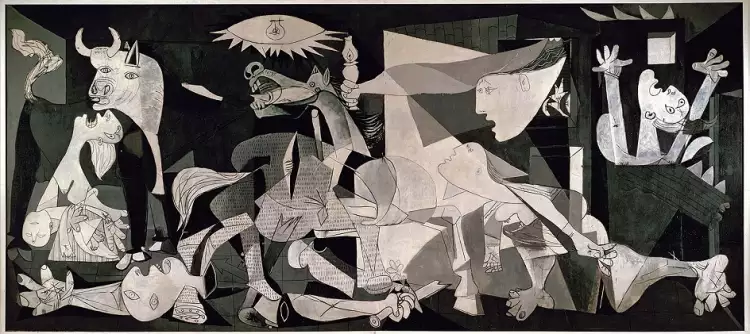 Grisaille. Pablo Picasso. Guernica, 1937
Grisaille. Pablo Picasso. Guernica, 1937
In our days, grisaille has not lost its popularity among painters of various styles and genres. On the contrary, thanks to the vast variety of modern artistic materials, creating monochromatic paintings has become much easier for both experienced professionals and students of specialized painting schools and courses.
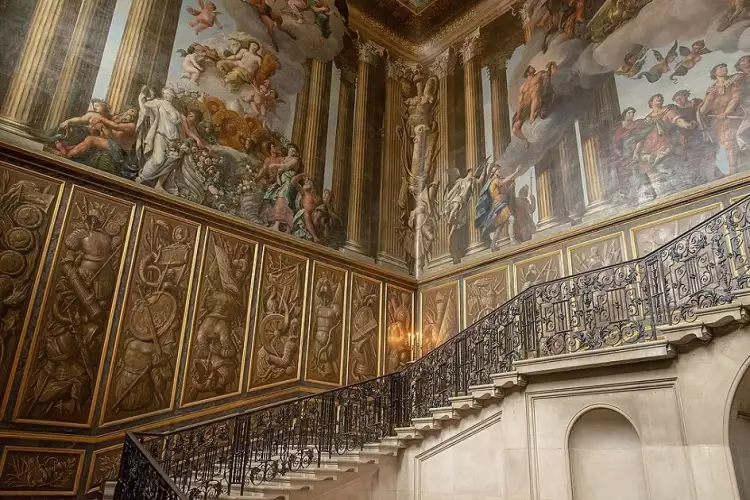
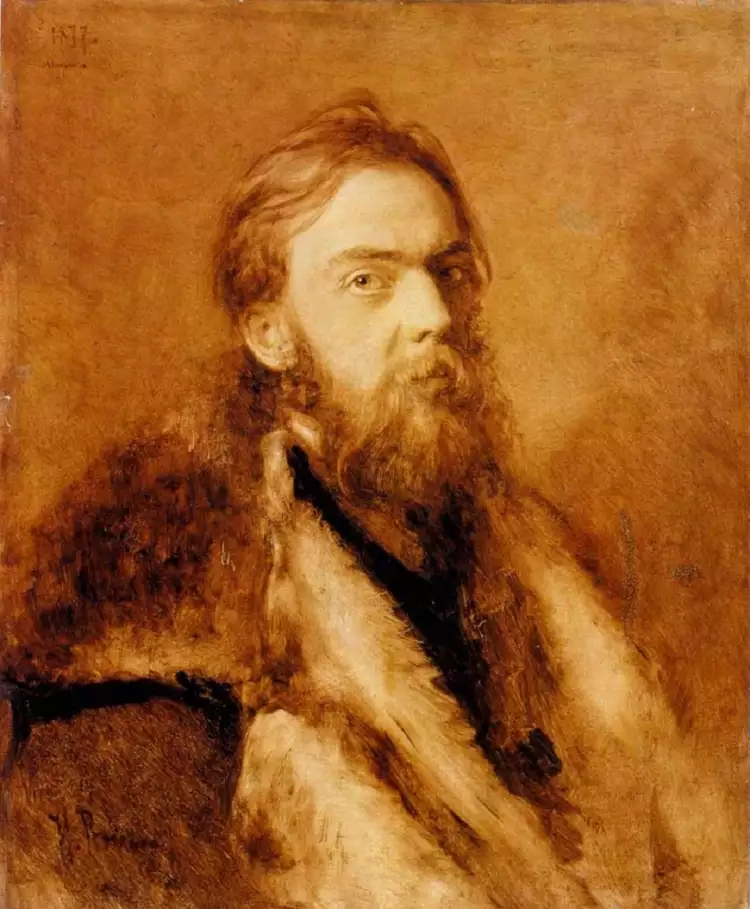
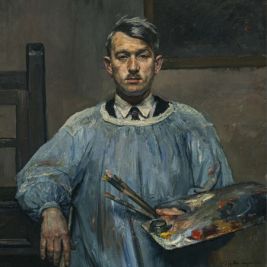 A colourful farmer Thomas Baumgartner
A colourful farmer Thomas Baumgartner 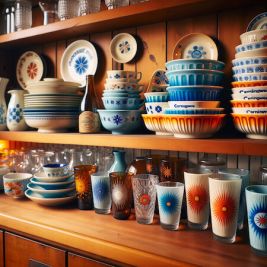 The Resurgence of Vintage Kitchen and Barware: A Collector’s Delight
The Resurgence of Vintage Kitchen and Barware: A Collector’s Delight 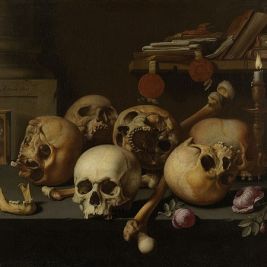 Vanitas is a genre of art that prompts the viewer to contemplate the inevitability of death
Vanitas is a genre of art that prompts the viewer to contemplate the inevitability of death  Embracing Anti-Design - The Bold New Wave in 2024
Embracing Anti-Design - The Bold New Wave in 2024  Silver - a noble metal
Silver - a noble metal 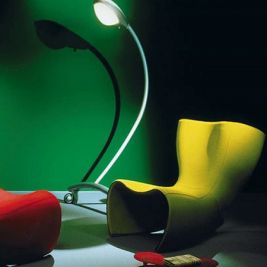 Postmodernism style in interior design - a game without rules
Postmodernism style in interior design - a game without rules  French Artists of the 18th Century
French Artists of the 18th Century 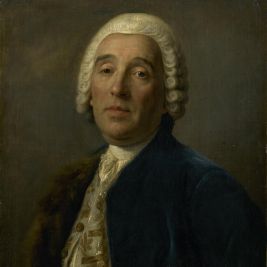 Bartolomeo Francesco Rastrelli was a brilliant Italian architect who became the greatest master of Russian architectural art of all times
Bartolomeo Francesco Rastrelli was a brilliant Italian architect who became the greatest master of Russian architectural art of all times  Photography is an art accessible to everyone
Photography is an art accessible to everyone 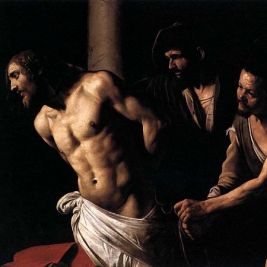 Caravaggism: The Struggle of Light and Darkness
Caravaggism: The Struggle of Light and Darkness